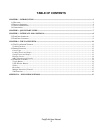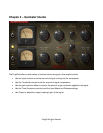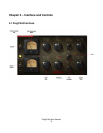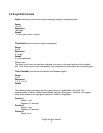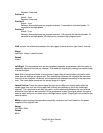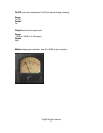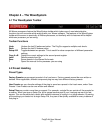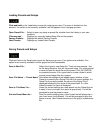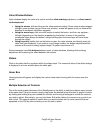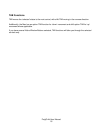1.3 About the Modeling
Many different elements contribute to the unique sonic characteristics of analog gear such as the
Fairchild 670. Waves painstakingly modeled and incorporated these elements into the PuigChild in
order to fully capture and replicate the sound and performance of the original equipment.
These are some of the most important elements of analog behavior:
•
Total Harmonic Distortion
Perhaps the most important analog behavior is Total Harmonic Distortion or THD, which is defined
as the ratio of the sum of the powers of all harmonic components to the power of the fundamental
frequency. THD is usually caused by amplification, and changes signal shape and content by
adding odd and even harmonics of the fundamental frequencies, which can change the overall tonal
balance. THD can also change peak output gain, usually by no more than +/- 0.2-0.3 dB.
•
Transformers
Some hardware uses transformers to stabilize or change Input/Output loads and signal levels. In
earlier days, transformers did not have a flat frequency response, and often introduced low and
super-high frequency roll offs. The original Fairchild has four transformers, so if you encounter a low
or extremely high frequency loss, this is due to the modeled transformers.
•
Long Release Times
The Fairchild includes settings which use long time constants of several seconds. This might cause
short looped passages to sound different during successive playbacks, because the Release never
returns to unity. This is identical to the original hardware performance, and should not be a cause
for concern.
•
Hum
Waves modeled both 50Hz power current and 60Hz power current. If you listen closely, you will
hear that there is a difference in hum level between 50Hz and 60Hz. Since hum is unique to each
region and dependent upon the local electrical conditions, you may find that the modeled hum is
different than the hum already present in your studio, and may not be suitable for your particular
use.
1.4 Components
WaveShell technology enables us to split Waves processors into smaller plug-ins, which we call
components. Having a choice of components for a particular processor gives you the flexibility to
choose the configuration best suited to your material.
The PuigChild has two component processors:
PuigChild User Manual
5




